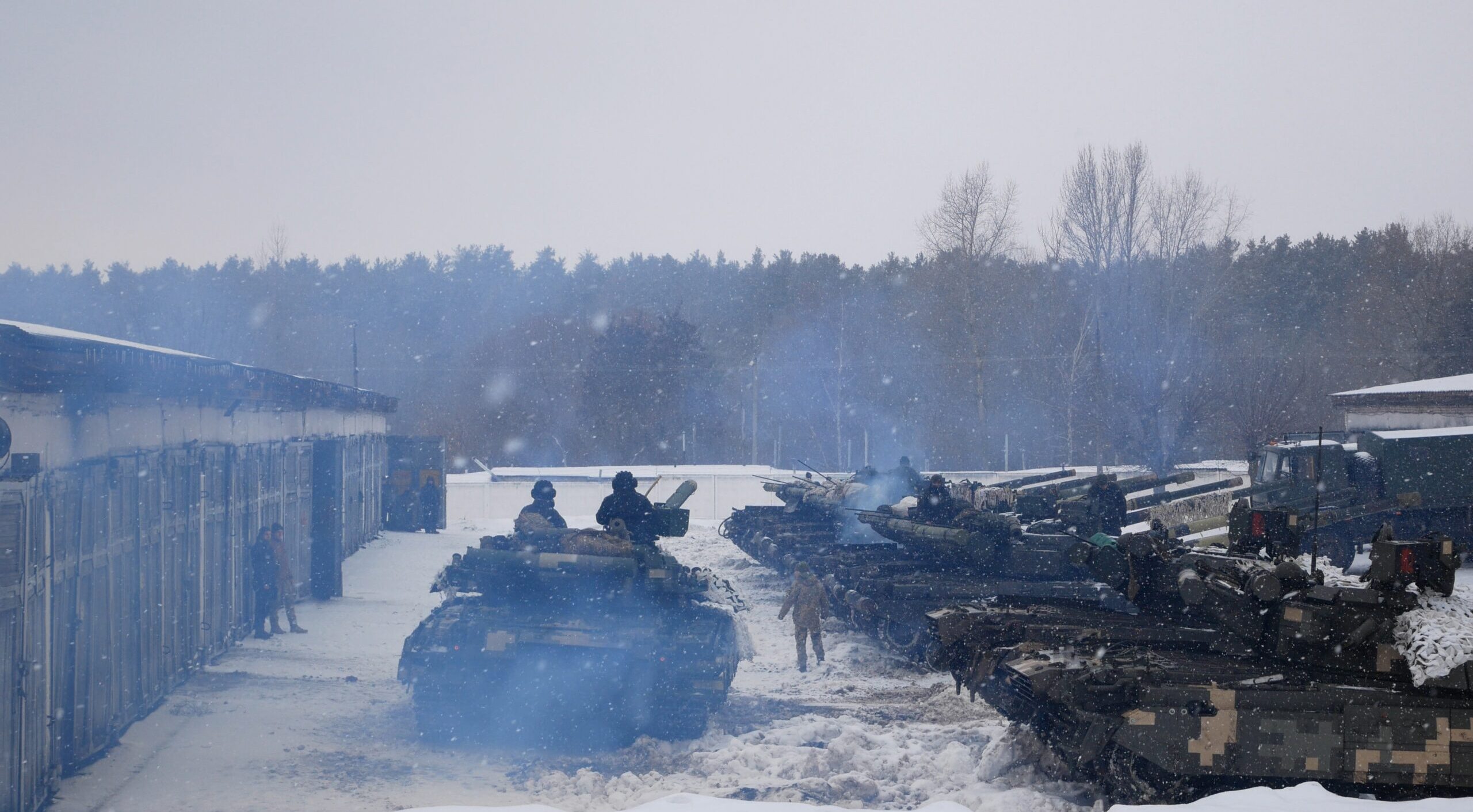‘Tell Me How This Ends’
State of the Union: Trump is right, the war in Ukraine can end in a day.

The Guardian reports that the mood in Ukraine is one of gloom. “A number of internal and external factors have combined to create perhaps the most downbeat mood about the prospects for a swift and decisive Ukrainian victory over Russia since the first weeks of the full-scale invasion,” the paper notes. “The much-anticipated summer counteroffensive has been thwarted by impenetrable Russian minefields and fortifications. There are rumours of tensions in Volodymyr Zelensky’s team, and of a rift between the president and his commander-in-chief, which were reinforced late on Sunday when Zelensky fired the head of Ukraine’s military medical forces and called for operational changes in the army.”
One cannot help but notice the rapid vibe-shift. In the last few months, there have been hundreds of articles on the failed counter-offensive and a potential “stalemate”, as well as talks about a negotiated end to the war. The recent TIME profile of Zelensky can be mistaken for a Hitler in a bunker meme.
Despite the recent setbacks on the battlefield, he does not intend to give up fighting or to sue for any kind of peace. On the contrary, his belief in Ukraine’s ultimate victory over Russia has hardened into a form that worries some of his advisers. It is immovable, verging on the messianic. “He deludes himself,” one of his closest aides tells me in frustration. “We’re out of options. We’re not winning. But try telling him that.” Zelensky’s stubbornness, some of his aides say, has hurt their team’s efforts to come up with a new strategy, a new message. As they have debated the future of the war, one issue has remained taboo: the possibility of negotiating a peace deal with the Russians.
President Trump, roundly mocked by the sophisticates, is nevertheless correct on at least one question. The war termination remains in the hands of the Americans and Russians, and no one else. Ukraine, without American arms and affluence, cannot survive this war.
It is unfashionable for great powers to decide the fate of smaller states, but that doesn’t change the reality that they can, if they so desire. The question of expediency is different from the question of morality of an action. In this case, the U.S. holds all the cards, and leverage. Not Ukraine, not even Europe. As for the Russians, there will always be a trust deficit. But if Russian core interests of a neutral buffer zone in her borders is satiated, it is unlikely they will choose a continual bleeding.
Subscribe Today
Get daily emails in your inbox
For Americans, Ukraine especially is a new “forever war.” In a recent policy brief, I wrote, “Going forward, there are two core questions at issue for U.S. interests: First, how to maintain the historic American dual interest of avoiding nuclear war in Europe while opposing a hegemonic great power? Secondly, how much is the U.S. willing to subsidize European powers towards achieving that aim?”
The first answer is obvious. There is no hegemonic challenge in Europe. The second answer is that Europe will never share their security burden so long as American money and American men are there behind the safety glass, ready in case of a fire: “As Senator J.D. Vance’s recent memo and Representative Warren Davidson’s earlier essay rightly stated, there were no achievable objectives or end-game scenarios set in Ukraine. And without those, this conflict is simply a new ‘forever war,’ stacking up risk and cost for the American people.”
A stalemate is a war that no side can win. It is prudent to understand that and act accordingly. Therefore, the United States should urgently start a bilateral “track two” diplomacy. Changing structural constraints, as well as other urgent domestic priorities such as the non-existent southern border, demand that.